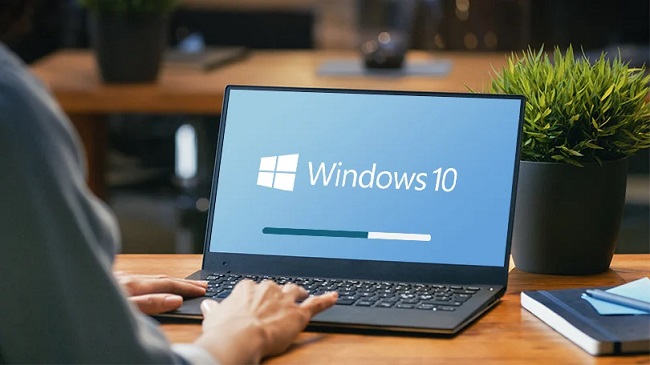Did you know that some Windows users take delight in reducing the features of the software to the bare minimum? It’s true that the goal is to produce a Windows installation package so small that it may be kept practically anyplace.
For others, the size of the operating system is determined by the device they are using. Reducing Windows 10 to its bare essentials is possible with the right tools. Bloatware can be eliminated by using specific tools.
Some organizations reduce what may seem like unnecessary services that are actually useful in certain situations.

How Much Space Does Windows 10 Take Up?
Launching with a smaller footprint than Windows 8, Windows 10 is even more lightweight. That condition is obsolete at this point, but more on that shortly. Microsoft had time to reduce the operating system footprint by streamlining the code, implementing the switch, and adding new functionality during the development gap between the two OS releases.
The burden was on working with constrained mobile devices despite the arrival of Windows 10 with a fair scattering of new capabilities. However, not all desktop and laptop users welcomed the reductions with open arms.
For instance, although it made sense to disable default recovery image creation for mobile devices (while simultaneously speeding up boot time by a few seconds), users on laptops and desktops would have likely preferred to keep this functionality enabled.
Yet, individual taste ultimately determines success. My laptop is equipped with a 1 terabyte hard disk and a 500 GB NVMe SSD. I have the operating system installed on the solid-state drive (SSD), making boot time less than a sprinter’s initial burst of speed, and I have plenty of spare space for data recovery.
A tablet user with a 64GB hard drive will probably not have the same opinion. Do you think how much space does windows 10 take up?
What is the Ideal Hard Drive Size for Windows 11/10?
If you’re wondering how much disk space Windows 11/10 uses, keep in mind that this varies widely from one person to the next. A 500 GB hard drive is sufficient for Windows 11/10. For most people who just want to use their Windows PC for everyday tasks, this is the best option.
This include doing things like going online, using office software, and even playing some light video games. However, a 1 TB HDD is required if you regularly engage in storage-intensive activities like 4K video editing or even keeping multiple game titles.
How Much Hard Drive Space do I Need for Windows 10 – Recommend 50-80GB
There was a time when Windows 10 needed at least 16 GB of space on your hard drive to run, and now you only need 20 GB for a 64-bit installation. However, Microsoft has indicated that a minimum 32GB hard drive space is now required for a clean install of Windows 10 beginning with Windows Version 1903.
In practice, however, this is not even close to being adequate and is instead merely the bare minimum. Just how much storage space does Windows 10 necessitate, then? For Windows 10, I think you need between 50 and 80 GB of free space.
It’s recommended to set aside 20 GB of free space initially so Windows can download and install necessary updates. Additionally, 20GB of free space is required if the virtual memory and hibernation features are to be used (about 3 times the size of physical memory).
Furthermore, Windows 10 requires 20 GB of free space for optimal performance. In conclusion, Windows 10 requires between 50 and 80 GB of storage space. Here’s the lowdown on how much storage space (HDD and SSD) your PC actually needs.
Conclusion
When installing on a 64-bit computer, Windows 11/10 need around 20 GB of free space. This will let you know how much space does windows 10 take up. Moreover, if you’re using a 32-bit version of Windows 11 or 10, you’ll just need 16 GB of free space.
Remember, with the May 2019 Update, this specific storage allotment was restored. In the long run, Windows will keep 7 GB of free space for future updates, allowing you to use Windows 11/10 without being asked to delete any files.
















